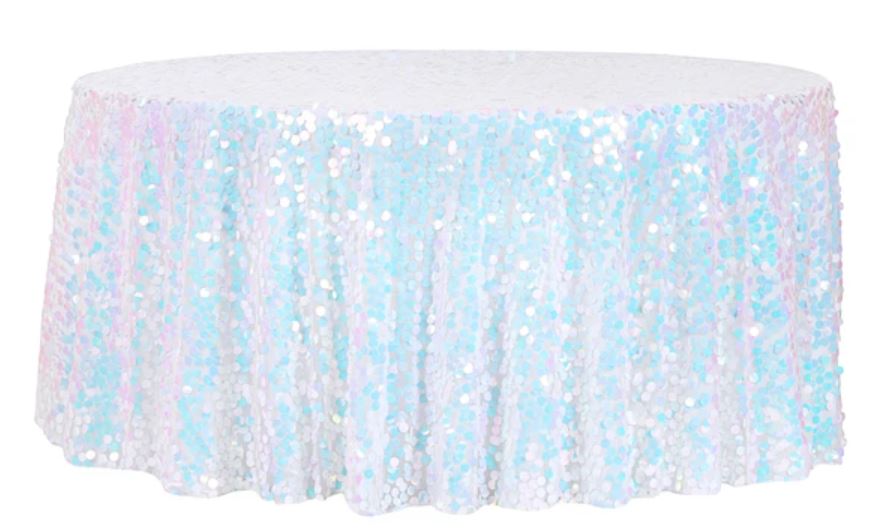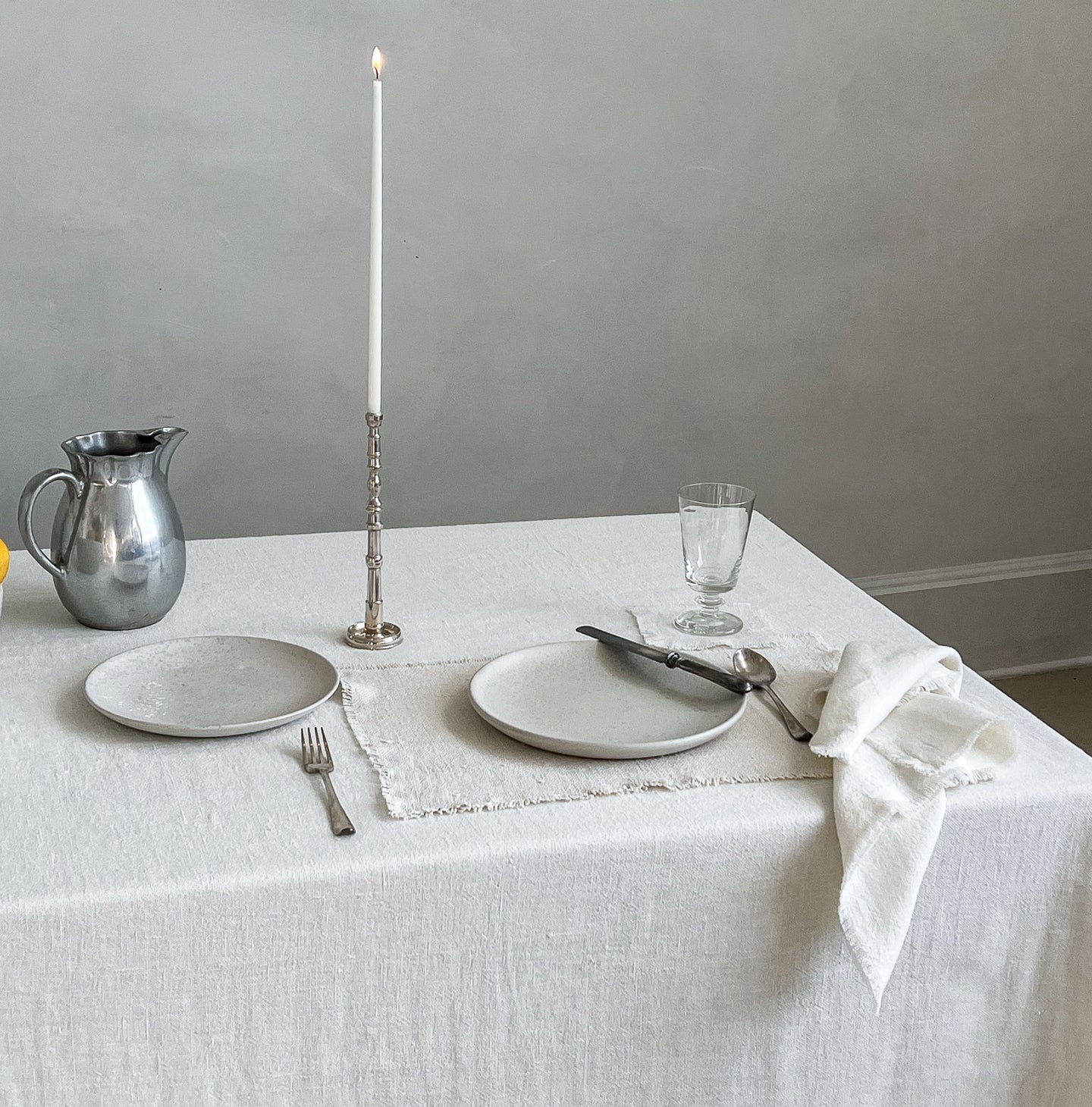DIY Table Runner Projects: Personalized Styles for Your Home
DIY Table Runner Projects: Personalized Styles for Your Home
Blog Article
Linen Fabric Advancements: Checking Out Modern Trends and Creative Applications in Style and Fabric Industry
From sustainable production methods to sophisticated weaving innovations, the development of linen is reshaping the landscape of the fabric sector. As we dive into the realms of innovative layout applications and the development of linen blends and hybrid textiles, a new phase unravels in which linen's duty in future fabric advancements takes center phase.
Lasting Practices in Bed Linen Production
Lasting methods in linen manufacturing have come to be significantly essential in the textile industry's initiatives to decrease ecological influence and promote ethical sourcing approaches. Bed linen, a natural fiber derived from the flax plant, uses a variety of advantages such as biodegradability, breathability, and resilience. However, conventional techniques of bed linen manufacturing can involve considerable water intake, pesticide usage, and energy-intensive procedures.
To deal with these obstacles, lots of fabric producers are taking on lasting techniques throughout the linen manufacturing process. This consists of sourcing flax from natural farms that stay clear of hazardous chemicals and chemicals, applying water-efficient retting strategies to extract fibers from the flax stalks, and utilizing environmentally friendly dyes and surfaces. In addition, some firms are purchasing renewable resource resources to power their manufacturing facilities and reducing waste via recycling and upcycling initiatives.
Technological Developments in Bed Linen Weaving
With the expanding emphasis on sustainable methods in linen production, the textile market is now observing a rise in technical advancements specifically aimed at revolutionizing the art of bed linen weaving. These technologies are reshaping the way linen fabrics are generated, supplying increased effectiveness, high quality, and imagination in weaving techniques.
One of the essential technological developments in linen weaving is the assimilation of electronic looms. These advanced looms are furnished with software program that allows for complex and intricate layouts to be woven with accuracy. By digitizing the weaving procedure, producers can accomplish higher consistency and accuracy in their bed linen fabrics.
Additionally, developments in yarn spinning modern technology have actually allowed the manufacturing of finer and more durable linen yarns - table cloths. This results in softer and smoother bed linen fabrics that maintain their high quality also after multiple usages and washes
Additionally, the growth of eco-friendly dyeing procedures and finishes for linen textiles is getting grip. These lasting techniques not only lower the environmental influence yet additionally accommodate the boosting consumer demand for morally generated textiles.
Creative Design Applications for Bed Linen
Ingenious creative methods are increasingly forming the innovative design applications for linen in the fabric market. Linen's natural visual charm and ability to mix with other fabrics make it a preferred option for creating one-of-a-kind garments and accessories that provide to the ecologically mindful consumer.
In addition, designers are try out linen in home design, using its breathable and long lasting nature to craft trendy furnishings such as drapes, bed linen, and furniture. The structure and drape of bed linen bring a sense of class and convenience to interior areas, adding a touch of his comment is here elegance to modern-day homes.

Linen Blends and Hybrid Fabrics

Crossbreed textiles, on the other hand, take the principle of mixing a step even more by integrating added elements such as metal threads, recycled products, or conductive fibers. These cutting-edge fabrics not just expand the style possibilities but additionally introduce practical facets like conductivity, antimicrobial buildings, or boosted toughness. Hybrid textiles are progressively being made use of in different industries, consisting of fashion, interior layout, and technical textiles, where the need for multifunctional products gets on the rise.
Bed linen's Function in Future Textile Innovations

In the realm of future fabric technologies, linen is expected to be a key gamer in the growth of sophisticated useful materials. Researchers and developers are exploring means to enhance bed linen's intrinsic top qualities through technical developments, such as including clever textiles, nanotechnology, and performance surfaces. These technologies aim to elevate bed linen's performance qualities, making it suitable for a broader series of applications, from activewear to safety apparel.
Moreover, the mix of linen with various other all-natural or synthetic fibers opens unlimited possibilities for producing unique textiles with one-of-a-kind residential or commercial properties and performances. By leveraging linen's features and exploring cutting-edge blends, the fabric industry is poised to introduce amazing growths that accommodate advancing consumer requirements and sustainability demands.
Conclusion
In final thought, the exploration of lasting techniques, technological developments, creative design applications, bed linen blends, and its role in future textile developments highlight the continual advancement of bed linen fabric in the contemporary style and fabric market. With a focus on technology and imagination, the versatility and environmentally friendly nature of bed linen make it an important product for designers and producers alike, leading the way for further growths and improvements in the field of fabrics.
As we dive into the realms of creative style applications and the development of linen blends and hybrid materials, a brand-new phase unfolds in which bed linen's role in future textile developments takes facility navigate to this site phase.
Discovering the blend of bed linen with other fabrics has led to the development of cutting-edge blends and crossbreed fabrics in the contemporary textile market. Linen blends use an unique mix of the characteristics of bed linen with those of various other fibers, resulting in textiles that have boosted buildings such as raised sturdiness, improved draping, and reduced wrinkling.The advancement of linen blends and crossbreed fabrics has established the phase for Linen to play a critical role in driving future textile advancements.In the world of future fabric advancements, bed linen is anticipated to be a key player in the development of sophisticated practical materials.
Report this page